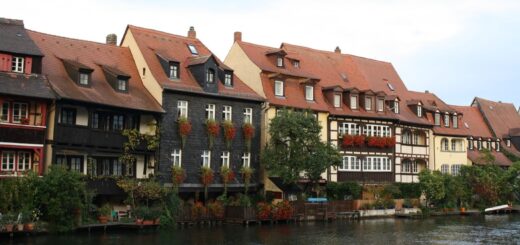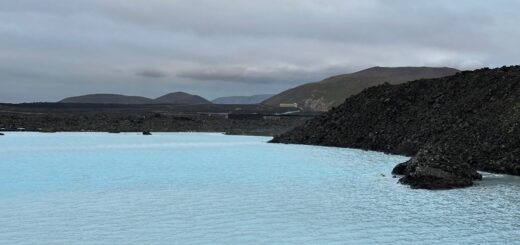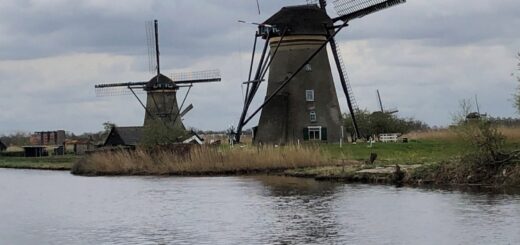Mezquita, Spain
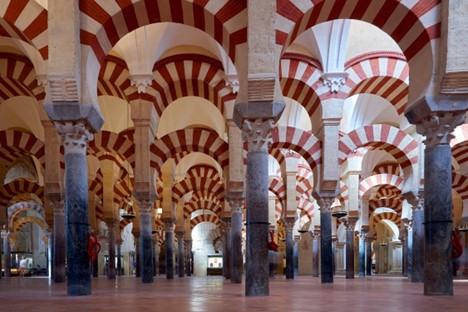
Travel Advice For Seniors: Mezquita, Spain
Next stop on our small group tour to Spain, was an in-route stop at Cordoba for a visit to the incomparable Mezquita.
The Mezquita or the Mosque–Cathedral of Córdoba, officially as the Cathedral of Our Lady of the Assumption, is the cathedral of the Diocese of Córdoba dedicated to the Assumption of Mary.
The Mezquita has an interesting religious past. At times it served as a mosque, originally built on the site of a Roman temple, next a Visigoth basilica and eventually a Catholic church, consecrated in 1236 after the Christian conquest of Cordoba.
It was originally constructed in 786 by descendants of the Umayyads, the first Islamic dynasty which ruled Spain and Portugal for seven centuries, with Cordoba as the capital of the caliphate. A caliphate is an Islamic form of government which unites political and religion under the Caliph or successor to the Prophet Mohammed. The caliphate ended in 1031 when the viziers divided up the city state, eventually the smaller states falling to King Ferdinand III in 1236, who converted the country to Catholicism.
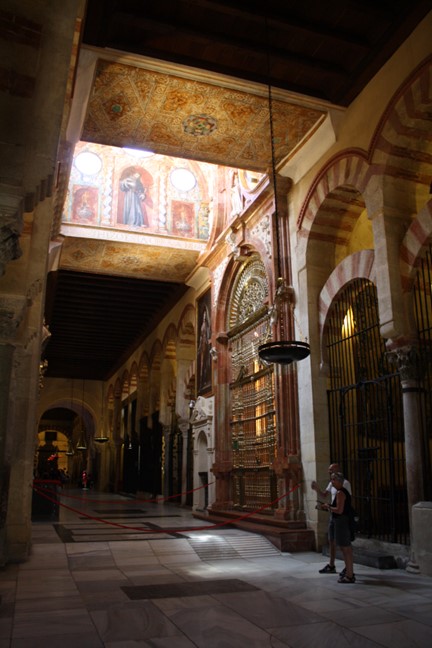
The Mezquita has been expanded over the centuries and is now a UNESCO World Heritage Site.
An exquisite example of Moorish architecture, its design also incorporates Syrian, Visigothic, and Roman influences. An important monument in the Western Islamic world, it shows the evolution of the “Omeya” style in Spain and is a monument to Islamic religious architecture.
It wasn’t too crowded when we toured and there isn’t really any furniture to cause congestion but is heavily touristed so a morning or late afternoon visiting time is best. Plan on spending 1-2 hours.
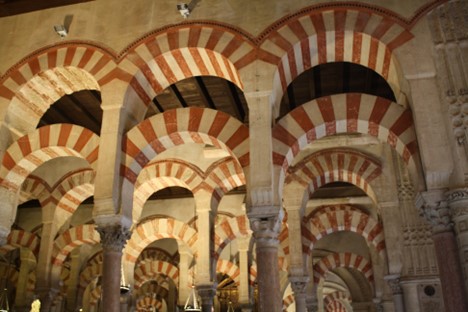
The Mezquita is accessible. There is an accessible entrance and ramps throughout, however, the Bell Tower is not accessible.
Where we stayed: Stop along the way from Madrid to Seville
How we got there: It’s a little over 4 hours to Cordoba and then another two hours to Seville. This was part of a 14-day small group tour through Spain, starting in Madrid and ending in Barcelona.
General Accessibility Information: See notes above. Major tourist sights, newer hotels, transportation in most major cities are accessible. Visitors can get accessibility support and information through Spain Is Accessible. Call in advance to verify and make specialty arrangements. See our sections on specialty apps and accessible travel for more on accessibility assistance.

